JF Ptak Science Books Post 2616 (Another in a series of "Found" Things--"Found-Poetry", "Found Landscapes in Antique Images", etc.)
“If I had a world of my own, everything would be nonsense. Nothing would be what it is, because everything would be what it isn't. And contrary wise, what is, it wouldn't be. And what it wouldn't be, it would. You see?” - Lewis Carroll, Alice's Adventures in Wonderland & Through the Looking-Glass
There are times when great expanses of seeming nothingness in prints is disgracefully overlooked, simply because they usually have nothing to do with the subject matter and are meant not to be an interrupting influence--that, or they are slightly more than the almost-nothing that they are to provide perspective or depth or contrast or an object for comparison. These are moments in art for wide interpretation, since they have so little value in themselves. It would be interesting, I think, to treat these are runaway pieces from their artwork, open to a found-experience--and so, in this case of Roman architecture, the solids of nothing become a frammenti, and can be described in found narrative of visual escapes, or even by simply giving the fragment its own title, so that it can have an independent existence.
The following four details are from engravings (all reproduced in full, below, in a montage) from Ruinarum variarum fabricarum delineationes pictoribus caeterisque id genus artificibus multum utiles, ca.1550:
The Aphrodesia of Ancient Air; or, a Macro Microcosm Awaiting a Sky Microscope:


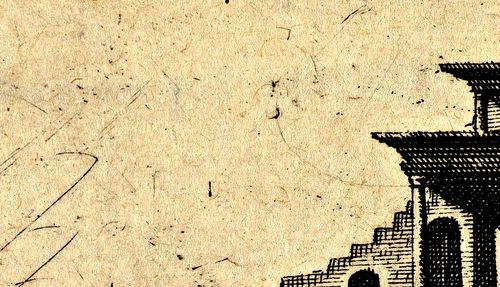
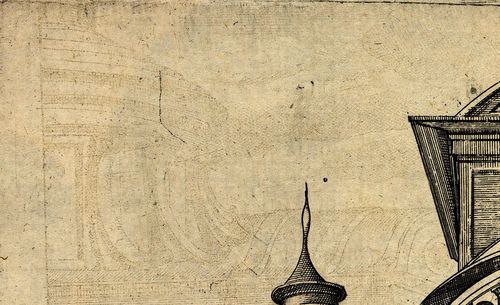
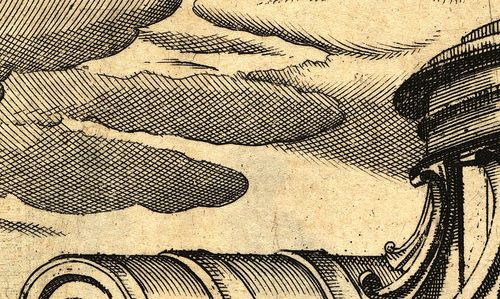
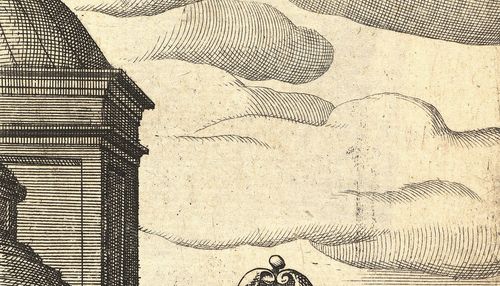
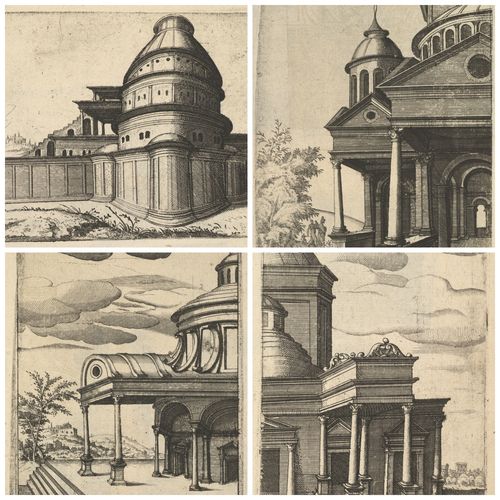

Comments